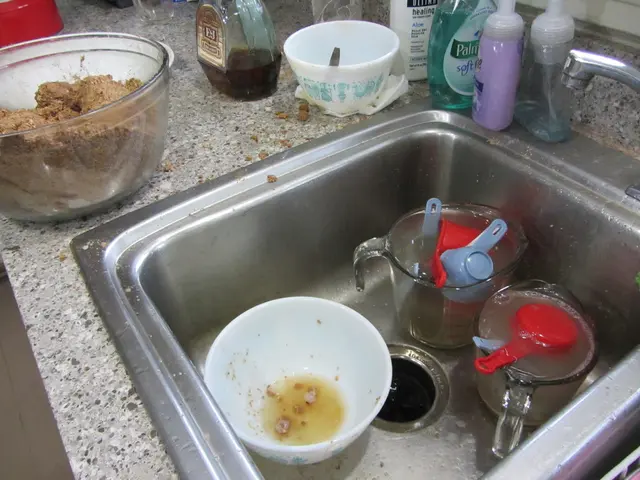Scientists Claim Record 50%-60% Solar Cell Efficiency at Low Temperatures
Scientists have potentially shattered a longstanding solar cell efficiency barrier. They claim to have achieved a record power conversion efficiency of 50%-60% in silicon solar cells at extremely low temperatures, doubling the previous room temperature record.
The team, not yet identified, inhibited lattice atoms' thermal oscillations at temperatures between 30-50 Kelvin (K). This was done by placing commercial PV cells in a low-temperature chamber. The strategy also involved enhancing light penetration depth and reducing cell thickness to mitigate carrier freeze-out and expand the operational temperature range.
If confirmed, this result may be the first experimental breach of the Shockley-Queisser limit of about 33.7%. The efficiency of around 51% was reached under standard illumination conditions at a temperature of 30 K, nearly double the world-record efficiency of 27.3% at room temperature. The research group plans to develop 4 cm 'flight-style' cells for space applications and qualify for NASA Commercial Lunar Payload Services.
While no specific researcher group has been identified, their claim of achieving a conversion efficiency of 50%-60% at very low temperatures in silicon-based solar cells is significant. If confirmed, it could pave the way for more efficient solar energy conversion, particularly in space applications.
Read also:
- Transitioning to Electric Vehicles Places Heavy Demand on Power Grids
- E-mobility continues its progress after a decade since the scandal, staying on course
- The Commission deems the assistance program to be in agreement with the domestic market regulations.
- Innovative Garments and Accessories Producing Energy: Exploring Unconventional Sources for Renewable Power








